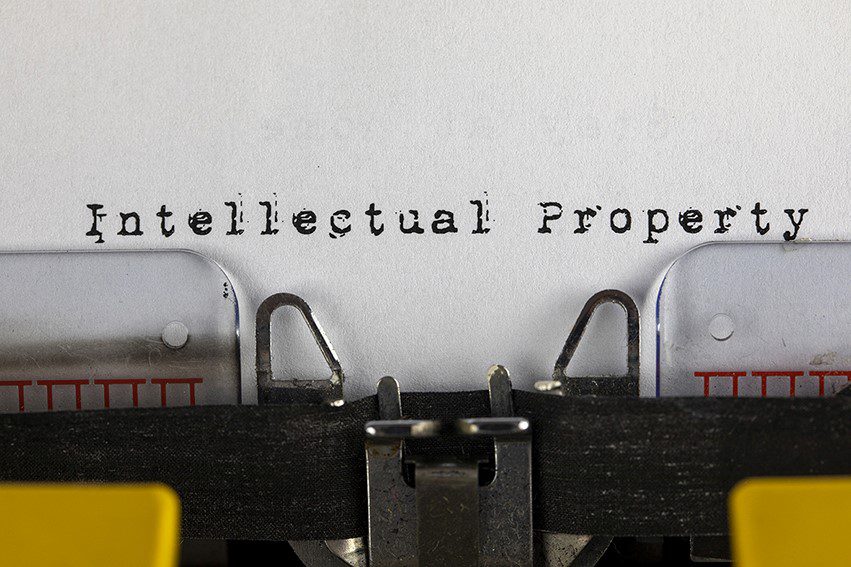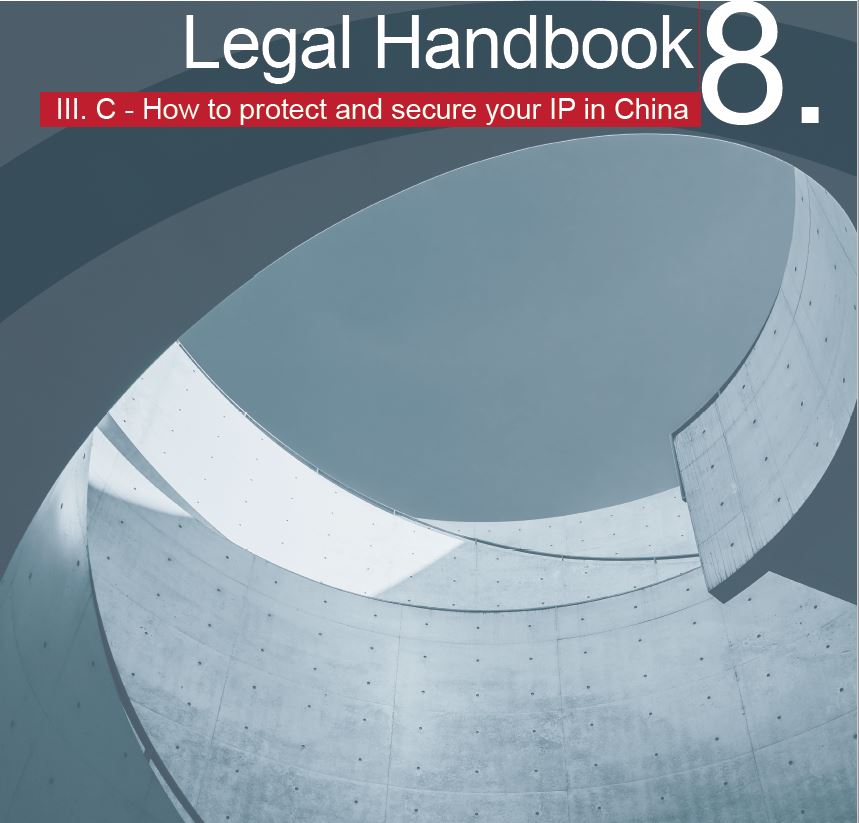By Bruno Grangier
Foreign companies often overlook the territorial nature of trademarks and the “Principe of First Application” principle in China, thereby giving an advantage to the first person that registers a trademark.
Bad-faith applicants target both domestic and international brands, attempting to extract payment or take advantage of established brand reputations through unauthorized trademark applications. Malicious trademark registration includes various practices whereby individuals acting in bad faith, register trademarks to create confusion, divert commercial value, preempt resources, or violate the rights of rightful owners.
If a trademark is hijacked by a bad-faith applicants, the rightful trademark owner loses control over the trademark, suffers violations of their rights and goodwill, and faces disruptions to their operations and market entry, resulting in economic losses.
Despite measures introduced since 2019 to address this issue, bad-faith applications remain a significant challenge in China. These practices include post-registration usage, where the bad-faith applicant uses the preemptively registered trademark to develop its own business in China. Another method is cancellation and litigation where the bad-faith applicant can obtain the cancellation of the registered trademark and then sues the rightful trademark owner for infringement. In the event of non-usage, the infringer does not use the registered trademark but preempts the resources of the rightful trademark owner.
To avoid losing market opportunities (in addition to obvious marketing and branding reasons), it is crucial to quickly register the brand name in both the native language and Chinese. Protection against bad-faith applications is highlighting the importance of early trademark registration in China either through the Madrid system or directly with the China Intellectual Property Administration (CNIPA).
The quickest solution remains negotiation and purchasing the hijacked trademark by the rightful trademark owner. In parallel of the negotiations, the Chinese legal framework provides offensive and defensive solutions and remedies detailed in this article that shall be considered.
Offensive actions against the bad-faith applicant
Offensive actions may use administrative actions to oppose the trademark filing or cancel the registered trademark. Rightful trademark owners may consider filing civil actions on the basis of competition law or copyright law.
Disrupting the filing process or canceling the trademark registered by the infringing party.
Before the completion of the registration: opposition. Under Article 33 of the Trademark Law, prior rights holders or interested parties can file an opposition within three months of the preliminary announcement if they believe the trademark application is in breach of their rights.
Owners of a brand can challenge trademark applications made in bad faith or seek to cancel trademarks registered with bad intent.
CNIPA holds the authority to unilaterally reject applications for trademarks that are filed in bad faith and not intended for actual use, during the preliminary examination phase.
After the registration of the trademark: cancellation. Based on Articles 44 and 45 of the Trademark Law, in cases where a registered trademark infringes on regulations and has surpassed the three-month announcement period, the rightful trademark owner holds the right to petition the Trademark Review and Adjudication Board for the trademark’s invalidation.
Article 49 of the Trademark Law also permits the rightful trademark owner to pursue cancellation proceedings for a trademark that has remained inactive for three consecutive years. A successful cancellation revokes trademark rights, preventing further use by the trademark squatter. Reapplication is viable a year after cancellation to avoid rejection for similar marks.
Disrupting the operations of the bad-faith applicants
Use the Competition Law protection regime. The use of a registered trademark in China by a bad-faith applicant may create a situation of unfair competition for the rightful trademark owner.
A disruption of the market order and a violation of the good faith principles is protected by the stipulations of Competition Law. Under Article 1 of the Competition Law, conduct infringing on business operators’ or consumers’ rights, such as using a malicious trademark registration, may constitute unfair competition.
In cases where there is extensive trademark squatting for an extended duration, and the legitimate owner of the trademark undertakes action to contest it, or when there are clear signs of malicious intent, legal grounds may exist to establish a case of unfair competition.
Non-key criteria for determining infringement include the plaintiff’s trademark reputation, the duration of the defendant’s infringing conduct, the number of defendant’s preventative registrations across various product and service categories and evidence of malicious intent of the bad-faith applicant, proposing to sell the trademark registration back to the brand owner for a profit or making unjustified claims of infringement against the genuine trademark holder or its distributors. Evidence may include exhibition photos, advertising contracts, sales invoices, and honor certificates.
According to Trademark Law, the Chinese courts may order infringers to cease activities and compensate plaintiffs for damages and expenses. Compensation is determined based on the losses suffered, with a new statutory cap of RMB 5 million for indeterminable amounts. If actual losses are difficult to ascertain, the benefits received by the infringer are considered. Failing that, licensing fees serve as a basis.
On the basis of Competition Law, the court may order damages and additionally impose an injunction ordering the defendants to cease applying for the same or similar trademarks in the future.
Use prior copyright to counter subsequent registered trademarks. According to Article 32 of China’s Trademark Law, an application for trademark registration must not infringe upon existing prior rights of others or improperly register a trademark already used and influential by another party. “Prior rights” include trade name rights, design patent rights, copyright, name rights, and portrait rights. Copyright, as a recognized prior right, is crucial in trademark opposition, invalidation, and cancellation cases.
To use copyright to protect trademark rights, the trademark must include elements protected by copyright and shall be duly registered in China. According to the Copyright Law, a creation must be original, reproducible, and legal. Trademarks protected by copyright should have distinctive graphic elements or an original artistic design.
Defensive actions against the bad-faith applicant
The bad-faith applicant may use the trademark registered in its name to act in China against the rightful owner and maliciously claim damages for infringement against its rights.
Facing malicious trademark registrations and associated threats, the rightful owner may opt for a strategic legal maneuver called the non-infringement declaration lawsuit. This legal tactic is deployed when trademark squatters, having obtained trademarks through illegitimate channels, exploit their false ownership status to issue infringement warnings or lodge complaints on e-commerce platforms, disrupting the rightful owner’s business operations.
This maneuver empowers the accused infringer, acting as the plaintiff, to seek a preemptive legal ruling affirming that their actions do not encroach upon the trademark rights asserted by the squatter. Guidelines detailed by the Supreme People’s Court (Interpretation on Handling Patent Infringement Disputes) outline conditions for pursuing a non-infringement declaration lawsuit. They include the receipt of a specific infringement threat by the respondent or a party with a bona fide interest, a formal request by the respondent to the bad-faith applicant for legal redress or administrative intervention and failure of the bad-faith applicant to rescind the warning or resolve the matter through legal or administrative channels within a reasonable timeframe, leaving the respondent in a vulnerable legal position.
Even if all conditions are not entirely met, the rightful owner retains the option to initiate a non-infringement lawsuit to shield their business operations from the adverse consequences of legal uncertainties. This strategic option serves as a protection against unjust enforcement and claims of infringement.
Conclusion
The new amendments of the Chinese trademark law alongside with an even more proactive judicial system have created new opportunities for the rightful owner to tackle the issue of malicious trademark squatting via civil lawsuits.
Still, problems gathering proper evidence and limited administrative fines are still discouraging some rightful trademark owners. After rejection, a bad-faith applicant may try to continue to file new applications for the same trademark as is the case in many countries. In China, the main problem is the time of the defense as it is not possible to distribute over online platforms without having the rights over the dedicated trademark.
Some rightful owners may select to buy back the trademark from the bad-faith applicant to speed up and secure the resolution process and access to the market.
Evolutions of the trademark law are still ongoing and shall be closely followed up.
For more detailed information, contact Bruno Grangier from Leaf (b.grangier@leaf-legal.com)
About Leaf
Leaf is a multi-awarded corporate law firm specialized in cross-border M&A transactions in Asia.
Leaf is advising international corporations and mid-cap enterprises to safely complete their cross-border operations and their joint ventures with state-owned and private partners. We also assist our clients in their strategic operations across Asia or in structuring investments in Asian-based start-ups.
The team is composed of international corporate lawyers based in China and in France.





